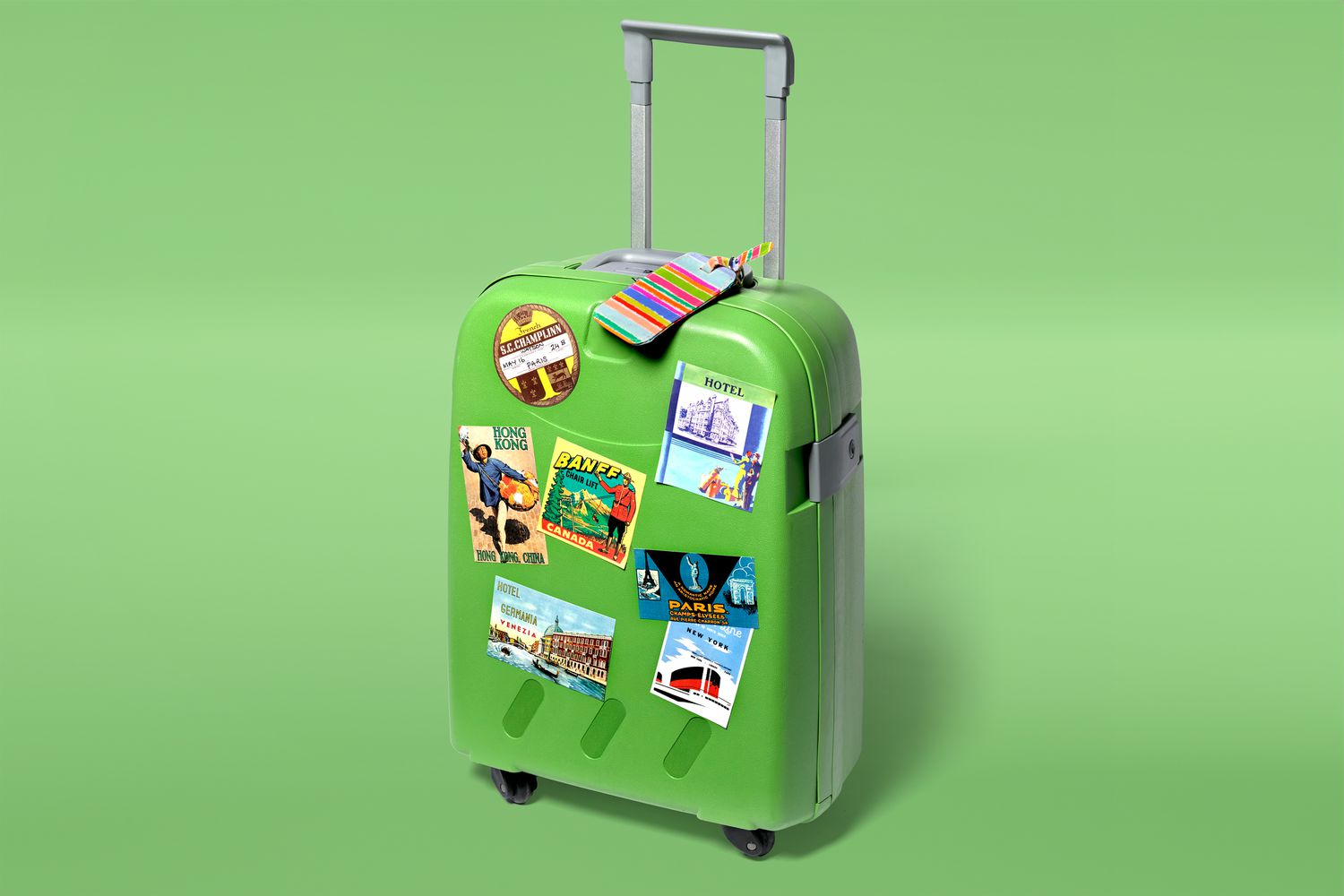Taking a vacation can really knock us off our routines, and that includes how often we go to the bathroom. For many people, traveling can really back things up. In fact, it happens so often there’s even a name for it: travel constipation. Although it isn’t a medical term, it is used to describe a complaint among people who can’t poop when they’re away from home for extended periods of time (we’re talking more than just being out for the day). It’s really common. “The person sitting next to you on the airplane, or someone on the flight crew, or another person you’re meeting likely has the same issue,” says David M. Poppers, MD PhD, and professor of medicine in the division of gastroenterology at NYU Langone Health.
Constipation is uncomfortable regardless of when it happens, but no one wants it to ruin their vacation. Try these expert tips if you experience travel constipation.
David M. Poppers, MD PhD, and professor of medicine in the division of gastroenterology at NYU Langone Health
Wendi LeBrett, MD, a Los Angeles-based gastroenterologist
What Is Travel Constipation?
Anything that disrupts your routine can affect bowel function, Dr. Poppers says. “And travel disrupts routine,” Dr. Poppers says. You’re likely not eating the same things, drinking the same amount of water, or getting the same amount of sleep, all of which affects bowel movement.
How do you know if you’re constipated, anyway? You’ll have no more than three bowel movements a week, according to the National Institute of Health. Further, you may have hard, painful stool and feel like your movements are incomplete, or like you didn’t finish. So the phrase “travel constipation” simply refers to not having bowel movements when you’re away from home—we’re talking for more than just an afternoon.
How to Stay Regular While Traveling
Be Sure to Poop Before You Leave
“Prevention is the best remedy,” says Wendi LeBrett, MD, a Los Angeles-based gastroenterologist. You don’t want to head into your trip backed up! She recommends increasing your fiber and liquid intake (more on both ahead) about two to three days before you’re set to leave, as they are two of the most important tools in fighting constipation.
Sneak in Your Fiber
As we mentioned, getting enough fiber is one of the most important things you can do, because it helps form your stool and makes it easier to pass, Dr. Poppers says. Fruits, vegetables, legumes, and whole grains may not be your ideal vacation foods, but they are all high-fiber foods.
Try eating some fruits and vegetables at every meal when you’re traveling, Dr. LeBrett advises. They don’t need to make up the entirety of your diet, but getting a serving every time you eat can help you get to your daily fiber goal, which is set at 14 grams per 1,000 calories of food per the USDA dietary guidelines. As a precaution, include a package of prunes or dried kiwi into your carry-on bag for snacking, both of which can help you poop, Dr. LeBrett says. “Prunes are a classic option, but kiwi is also really effective for helping with constipation,” Dr. LeBrett says. “There are a number of studies showing that eating two kiwis a day is equivalent to some of the more traditional laxatives.”
Stop Neglecting Your Fluids
You probably don’t realize you’re doing it, but many people drink far less liquid while traveling, Dr. LeBrett says from her experience working with patients. And that’s a problem, because dehydration makes constipation worse. “When people are traveling and out sightseeing, they naturally tend to drink less water because they don’t have access to a public restroom as easily,” Dr. LeBrett says. Recommended fluid intake is dependent on a variety of factors including a person’s activity level, size, and where they are located. Generally, women need an average of approximately 2.7 liters of water, which can come from food and beverages too, and men need an average of 3.7 liters of water, according to the The National Academies of Science, Engineering and Medicine. You may want to drink more if you’re in a warmer climate or if you’re drinking more alcohol than you typically would, Dr. Poppers says.
If you’re flying, it’s important to know that air travel can cause dehydration because plane cabins can have low humidity. Keep this in mind when the flight attendant comes around with the beverage cart!
Get Moving
This can include traditional exercise, but it doesn’t have to. For example, you can walk instead of taking public transportation when sightseeing. Regardless of the specifics, getting plenty of movement can get things moving, Dr. Poppers says. “Activity increases motility, and with that, the intestinal tract has less time to absorb water,” he explains. Although it may seem counterintuitive, you actually develop dry, hard stools when your colon absorbs too much liquid. “So you get a more lubricated stool after exercising,” Dr. Poppers says.
Going out of your way to exercise can feel like a chore, so try Dr. LeBrett’s favorite way of slipping it in. “I’m a big advocate for walking after a meal,” she says. “It helps with the digestion process, so it can prevent constipation, gas, and bloating,” Dr. LeBrett says.
Maintain Your Routine
As much as it’s possible, you want to keep up the habits that keep you pooping regularly (assuming you do. Otherwise, that’s a different story!). “Our guts are creatures of habit,” Dr. LeBrett says. “They’re used to the same diet, the same routine, and the same sleep patterns,” she says. You don’t need to adhere to a strict schedule, but at least be mindful of how drastically you’re veering away from a typical day. For example, if you normally sleep a solid eight hours, never drink alcohol, eat from all colors of the rainbow (meaning you probably get loads of fiber), and start your morning with a workout, then you don’t want to do the exact opposite when you’re away from home. Think about ways you can enjoy your trip and practice moderation, by say, having one less glass of wine with dinner, drinking plenty of water, and taking that post-meal walk.
Try Stretching (on the Toilet)
If you are hit with traveler’s constipation, Dr. LeBrett recommends trying the piriformis stretch, named after the muscle being stretched, which is located in the gluteal region. This stretch can help relax your pelvic floor muscles, making it easier to have a bowel movement. You can see how to do the stretch on Dr. LeBrett’s TikTok page. Alternatively, Dr. LeBrett says a toilet stool can help relax your pelvic floor muscles as well.










